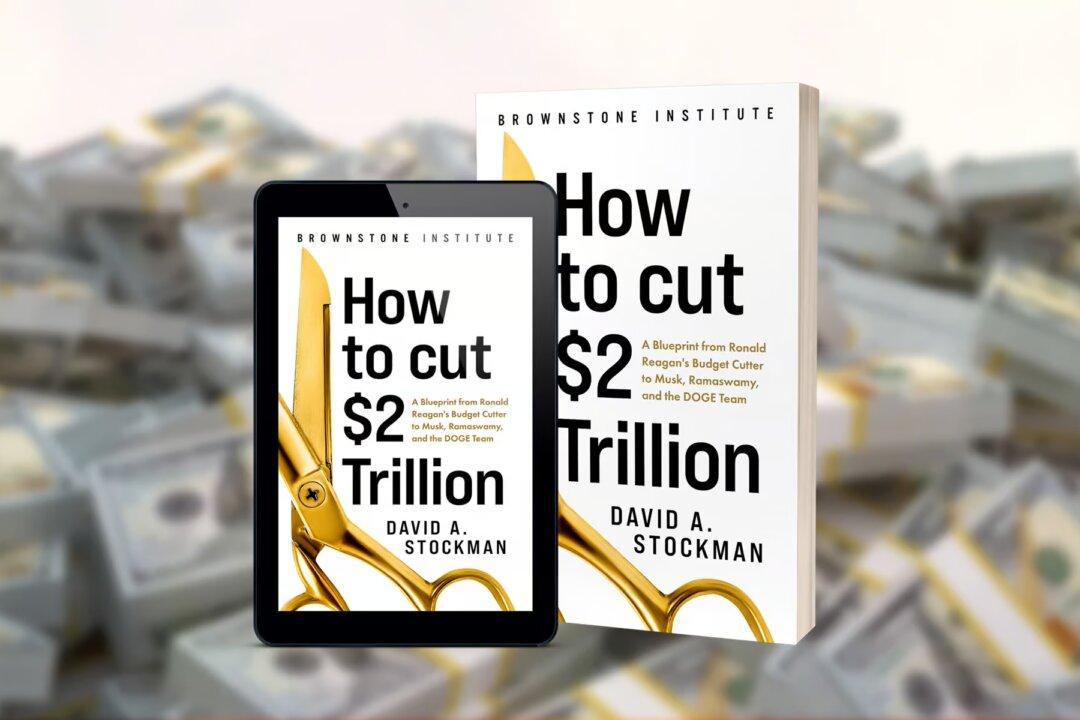News Analysis
It should be evident by now that the “strong” economy of the last several years was nothing of the kind. To the contrary, the Keynesian GDP accounts were actually inflated by deferred spending runoffs that flowed from the utterly abnormal buildup of household cash during Washington’s pandemic lockdowns and stimmy extravaganza.





